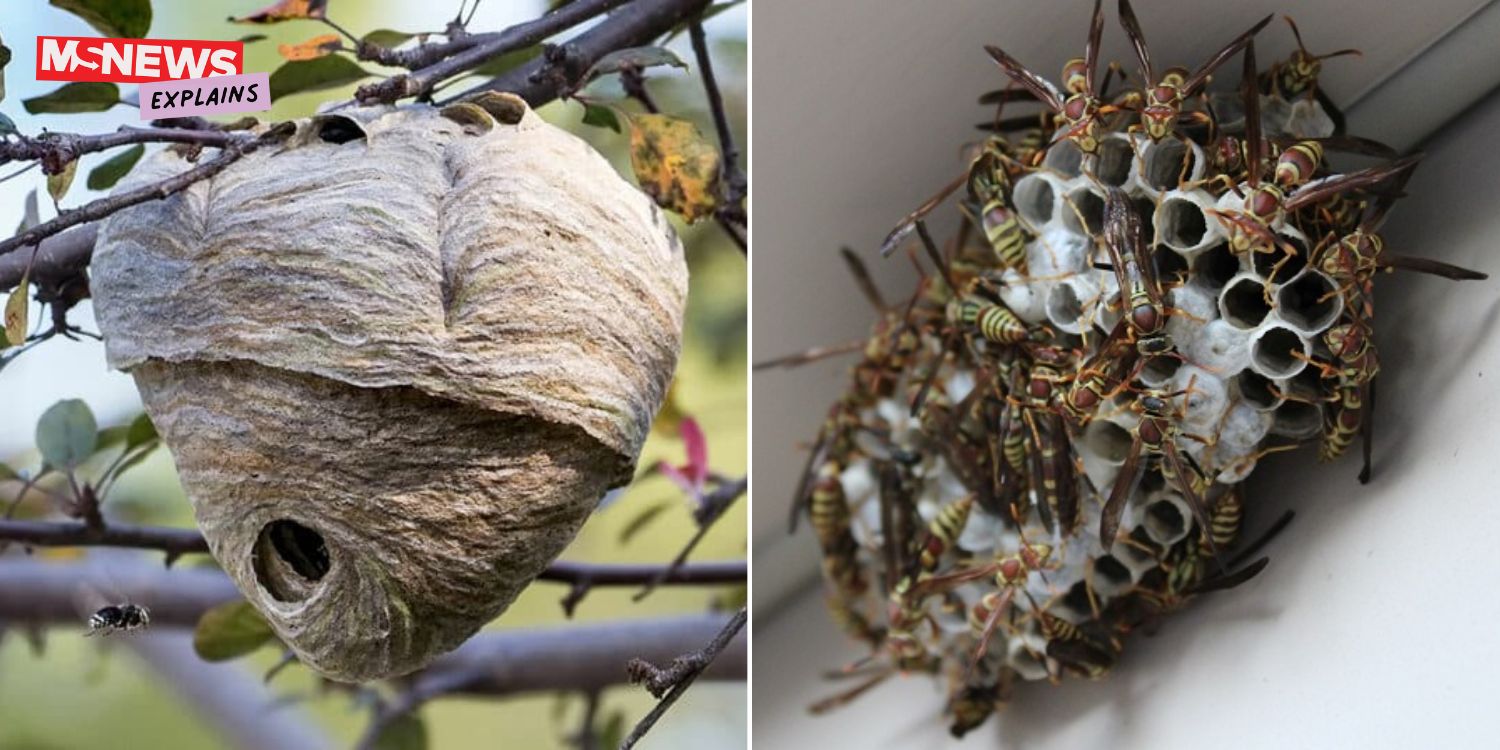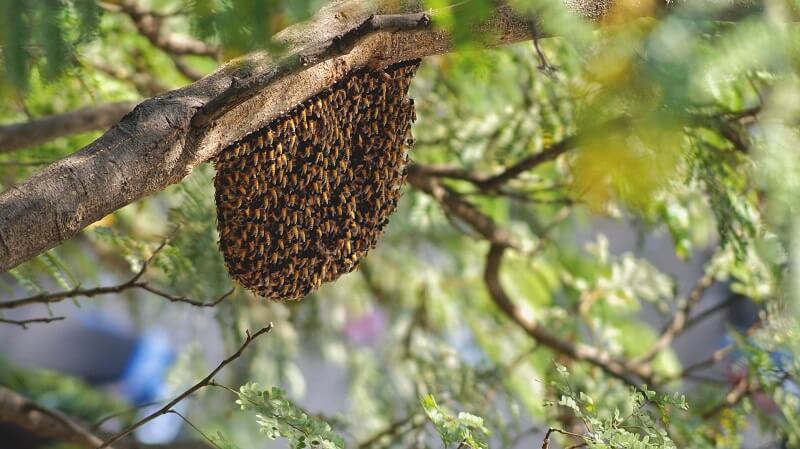Guide to identifying insect hives at home & in public parks
This piece is part of MS Explains, a segment where we provide clarity to common or key topics, making them easier to digest.
Living in a garden city like Singapore means that we have to coexist with the local flora or fauna — whether we like it or not.
Unfortunately for those afraid of flying insects, these include bees, hornets, and wasps, among others.
Earlier this month, a 60-year-old man died after a swarm of hornets attacked him in Sembawang.
Mr Ronnie Ang was cycling along the park connector, past the Sembawang God of Wealth Temple, when the incident happened.
Here’s how you can identify insect hives in Singapore and what you can do to protect yourself.
Different types of insect hives & where you can find them
Honeybees, stingless bees, and solitary bees are the three main types of bees in Singapore. NParks states that there are also two types of wasps — hornets and paper wasps.
Being social insects, honeybees, stingless bees, and wasps live in colonies with a Queen.
They build nests to keep their young safe from predators, mate, and feed. These nests, however, differ in shape and form.
For instance, bees nests are usually made of wax and they are found in high places such as trees.
They may also be constructed within sheltered places such as tree holes, upturned pots, and the eaves of roofs.
Wasp nests, however, have a papery texture and are greyish-brown to black in colour.
Some wasps, like the paper wasp, build “open-architecture” nests with visible hexagonal cells. These nests reportedly range in size — from a golf ball to a dinner plate.
However, the crumpet-shaped hives are more commonly the size of a human palm.
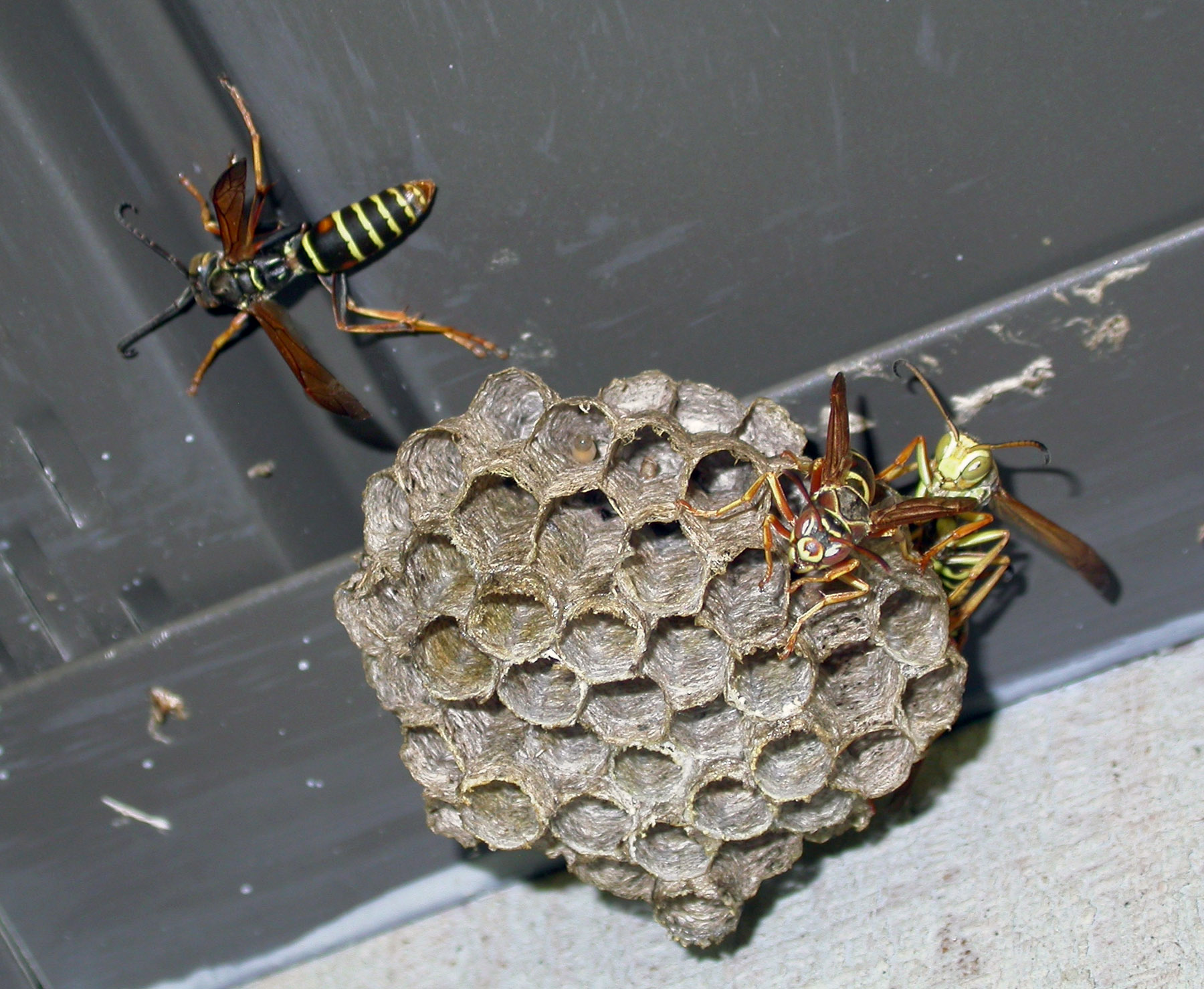
Source: Door County Pulse
These are typically found in eaves, branches, pipes, or any sheltered area. Paper wasps reportedly have a colony size of 20 to 30 insects, according to Best Bees.
Meanwhile, hornets build “closed-architecture” hives. These nests are typically larger, too — about the size of a basketball.
Hornet colonies are usually home to more than 100 insects, but can house up to 700 workers plus a Queen.
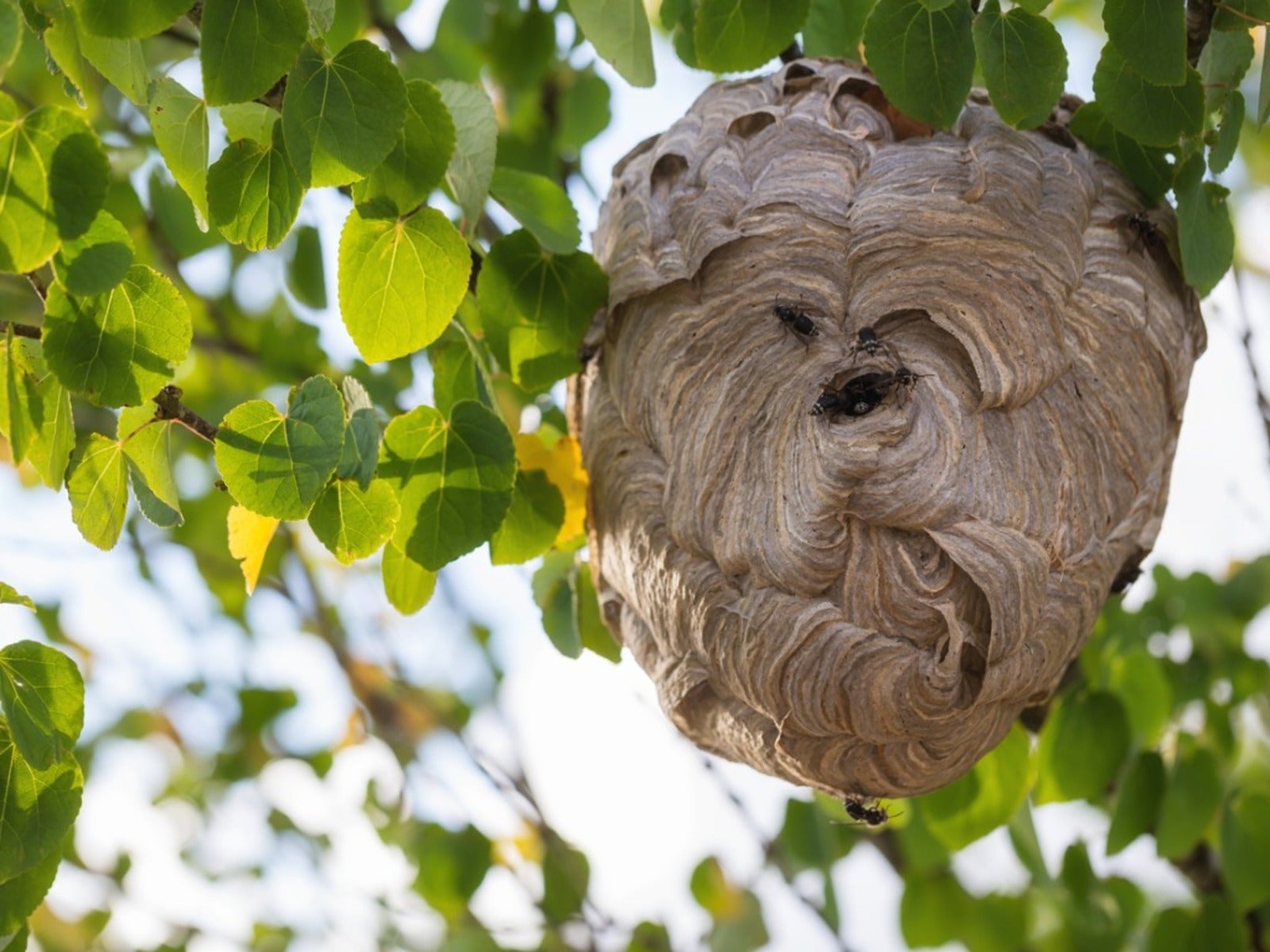
Source: Gardening Know How
Hornet hives can be found hanging from trees, utility poles, and the eaves of your home.
According to NParks, hornets may also build their hives within low-lying shrubs and even on the ground.
As hornets are attracted to decaying wood, paper, and organic matter, make sure you clear these out and keep your property well-maintained.
Steps to protect yourself & what to do if you’ve been stung
Social wasps and hornets are aggressive and will attack those who come too close to their nests.
Should you spot a hive in a park, keep your distance and refrain from disturbing the hive. You can also notify NParks at 1800-471-7300.
Braver souls can attempt to remove smaller nests you find near your homes, but proceed with caution.
These insects can be dealt with using pest control methods. For example, name-brand insecticide spray meant to kill wasps and hornets should do the trick.
Wear long sleeves and pants with thick fabric to protect yourself from stings, and apply the pesticide at night when the insects are less active.
However, it’s better to leave large hives to the professionals — especially if you’re allergic to bee, wasp, and hornet stings.
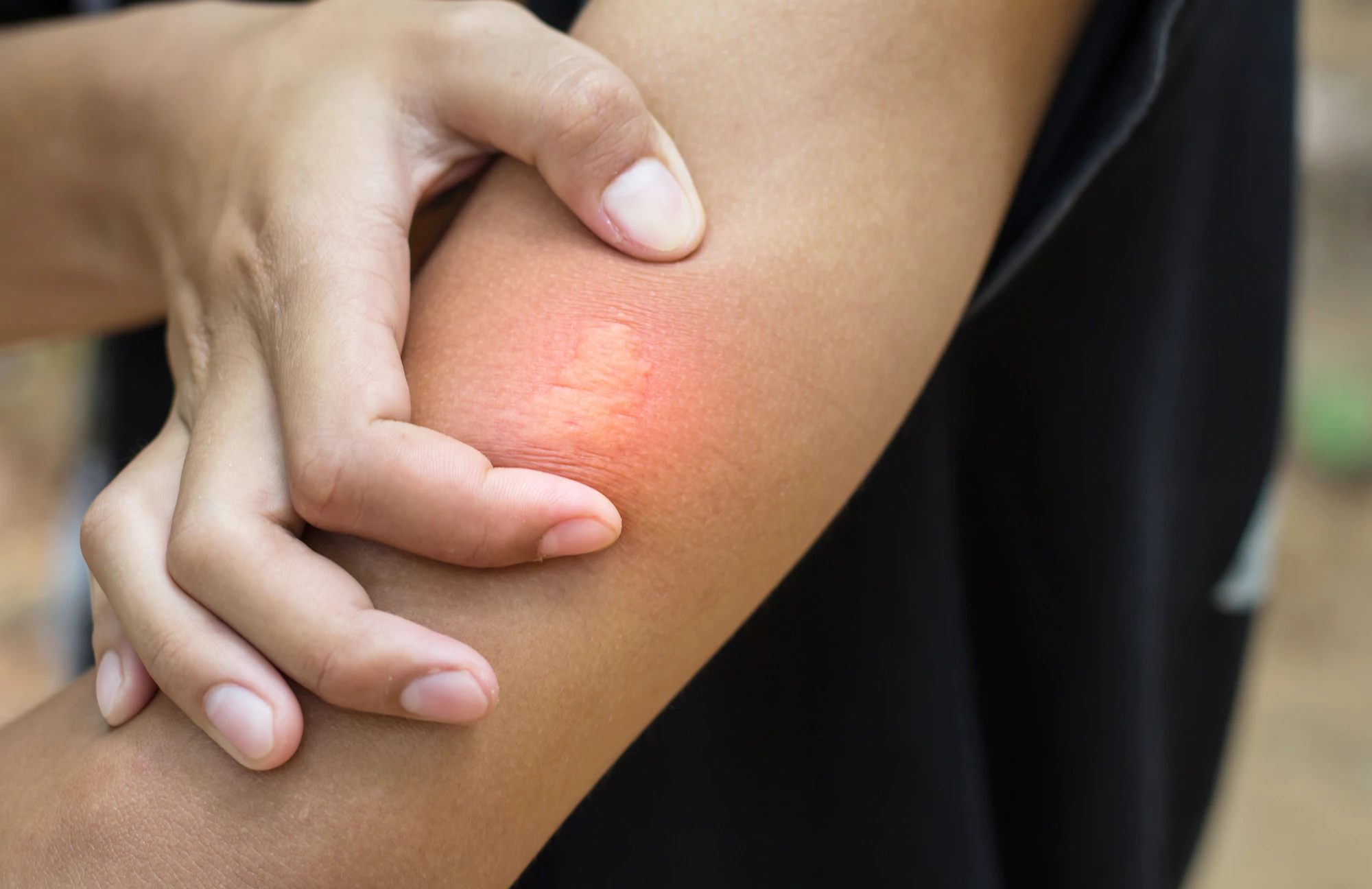
Source: Complete Care
What to do if you’ve agitated a colony
If you’re swarmed by bees, wasps, and hornets, cover your head and move as far as possible from the hive.
Your best bet is to run indoors or towards a shaded or sheltered area, as it disorients the attacking insects.
Do not swat at the insects, or jump into water as the agitated insects may continue to attack after you emerge.
Going into the water during a bee attack may also increase your risk of drowning.
James Nieh, an ecology professor at the University of California at San Diego, told The Washington Post that bees can track you via bubbles of carbon dioxide you might release while underwater.
Carbon dioxide is a bee agitator, said Nieh, so try to avoid screaming and also shield your nose and mouth.
In the case that you’ve been stung, wash the area with soap and water to remove the venom.
Cold compresses can also relieve swelling if you’ve been stung multiple times.
Should you notice any allergic reactions such as rashes, swelling, and breathlessness, seek immediate medical attention.
Have news you must share? Get in touch with us via email at news@mustsharenews.com.
Featured image adapted from Best Bees and System Control Pest Services Pte Ltd.
